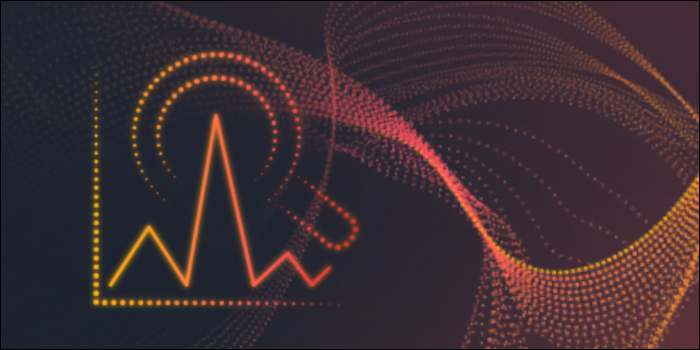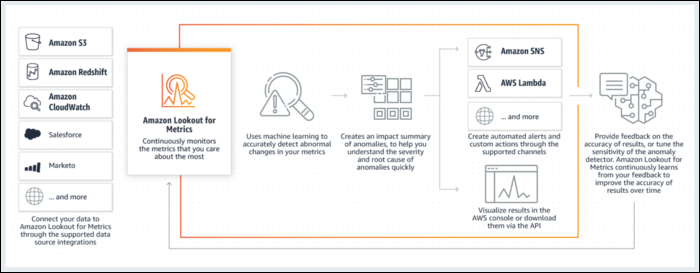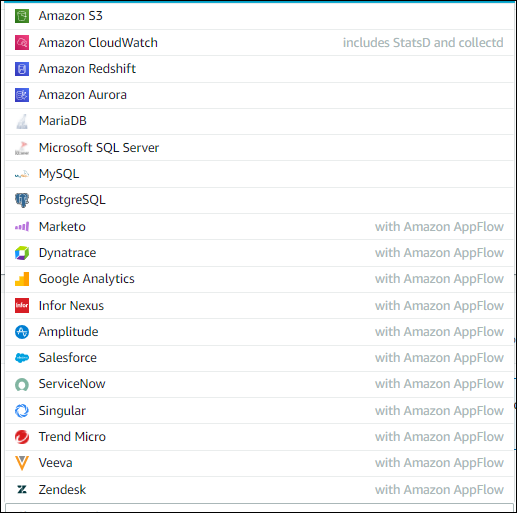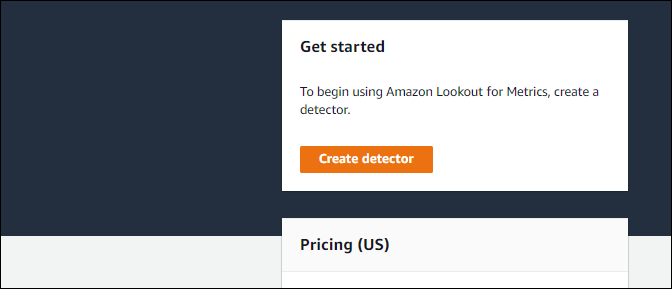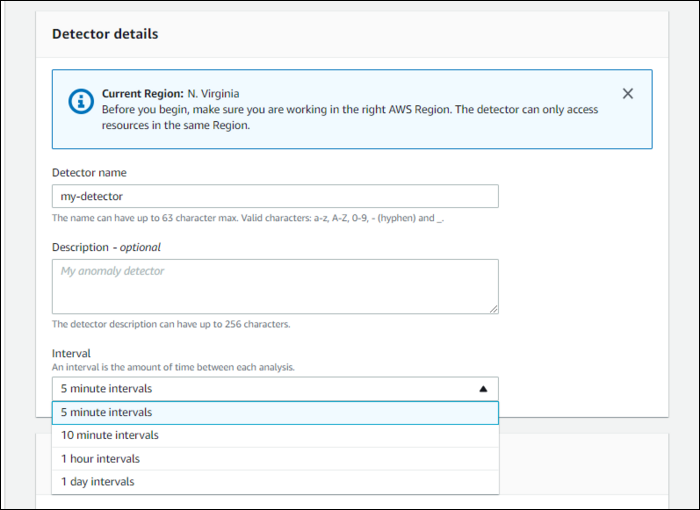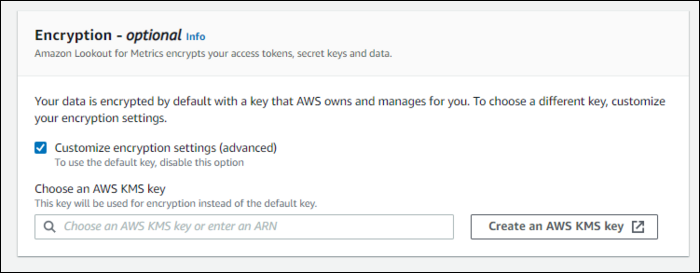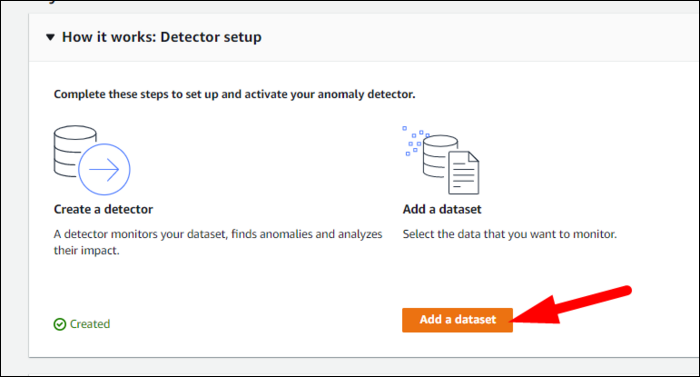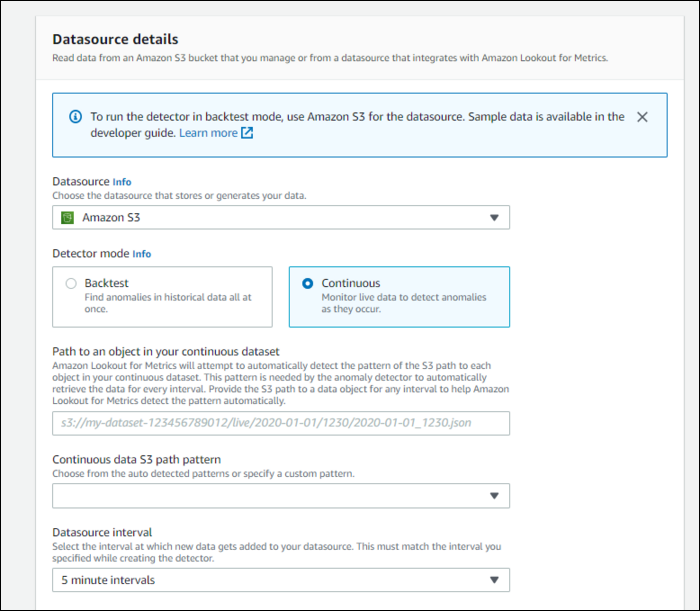AWS Lookout is a machine learning model that detects anomalies and unexpected changes in data. It can be used to send you alerts when your metrics experience increased load, or other problems out of the ordinary.
What Is AWS Lookout For Metrics?
This isn't the first service by this name --- AWS has Lookout for Vision, which looks for defects in products and automates quality inspection, and Lookout for Equipment, which monitors sensor data to detect anomalies.
Lookout for Metrics is perhaps the most useful out of all of them, because it can be connected to any kind of metric in your account, and detect anomalies. CloudWatch already has some of these features using CloudWatch Alarms, but using machine learning, Lookout for Metrics can detect more subtle problems.
Once a problem is detected, an impact summary of the anomaly is created, which can be sent out to SNS or Lambda. You can then provide feedback and tune the sensitivity of the alarms.
Lookout for Metrics can be connected to the following services, at least at the time of launch:
From there, alerts can be configured to be sent to AWS SNS and Lambda, which you can use to do anything you'd like with it.
Lookout for Metrics simply costs $0.75 per metric, per month. If you have more than 1000 metrics, the price drops significantly.
Using Lookout For Metrics
Lookout is pretty easy to use. All you need to do is create a detector, choose a dataset, and activate it.
Head over to the Lookout Management Console and create a detector:
Give it a name, and select the interval at which the detection should run. There's only a few options here, no support for cron syntax.
You can also change the default encryption key to select one from AWS KMS.
Then, you'll need to add a dataset to this detector:
The exact configuration will depend on which data source you're using. For example, S3 requires a path to the data object, as well as configuration for whether it's in CSV or JSON format.
Once you link the source, you'll need to enable the detector.
Once it starts making detections, you'll be given the option to review them and rate it on its accuracy, which can help it improve in the future.

